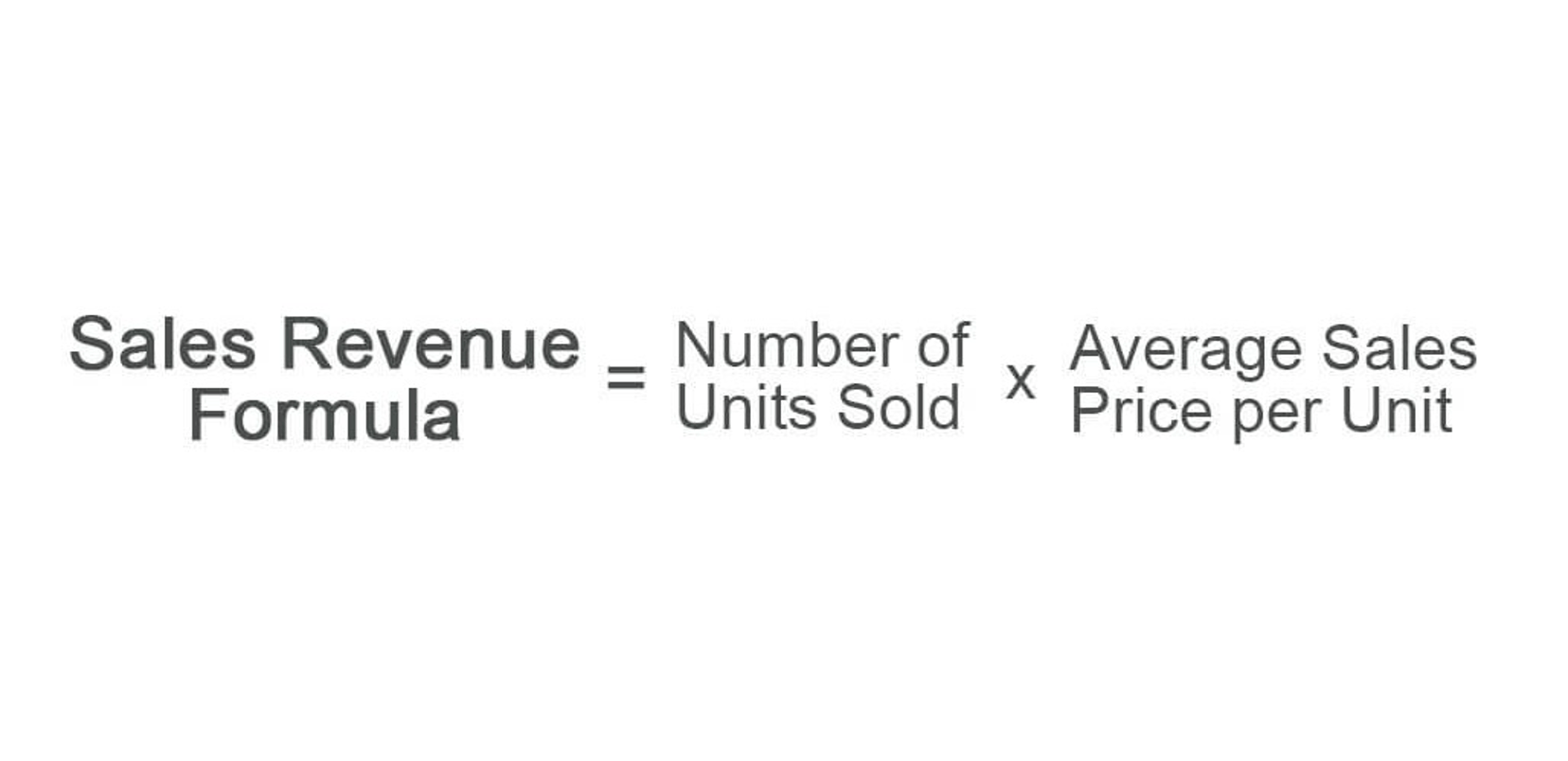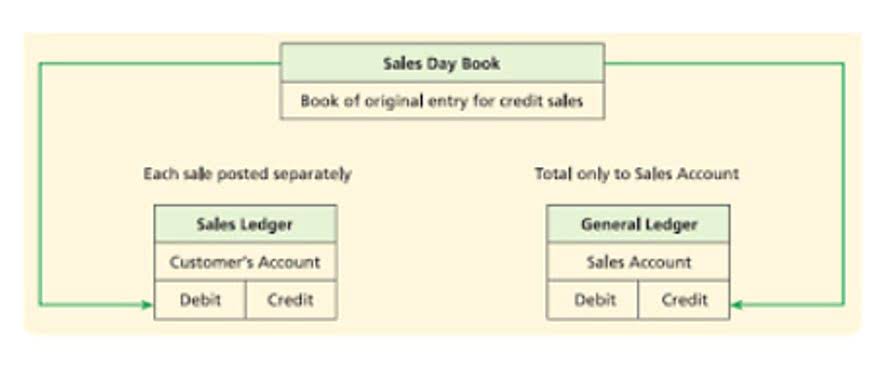
The dollar value represented by the total current assets figure reflects the company’s cash and liquidity position. It allows management to reallocate and liquidate assets if necessary to continue business operations. The current asset sub-accounts are normally displayed on the balance sheet in order of current asset liquidity. Those that are most easily converted into cash are ranked higher by the finance division or accounting firm that prepared the report.
- As non-current assets, plant assets play a continuous role in operations, with their value recorded at historical cost, less accumulated depreciation.
- They provide companies with a flexible financial resource that supports both operational and unexpected needs.
- Like any category of assets, it’s critical to evaluate plant assets on a company-by-company basis.
- Public companies are required to report these numbers annually as part of their 10-K filings, and they are published online.
- If assets are classified based on their usage or purpose, assets are classified as either operating assets or non-operating assets.
- Depreciation is recorded as an expense on the income statement, reflecting the gradual reduction in the asset’s value.
Classification of Land on Balance Sheets
They provide liquidity, fund operational expenses, and support strategic investments. Efficient management of these assets enhances is plant assets a current asset cash flow and financial stability. Following current assets, non-current assets like Property, Plant, and Equipment are presented.
What Are 3 Common Types of Current Assets?
- In conjunction with inventory, accounts receivable and securities account play a key role in understanding a company’s liquidity, which is vital for financial stability.
- Depreciation accounts for the wear and tear, obsolescence, or consumption of these assets as they are used to generate revenue.
- In general, a fixed asset is a physical asset that cannot be converted to cash readily.
- Businesses rely on current assets to fund daily operations and meet immediate financial obligations.
- This structured presentation provides a clear overview of a company’s short-term liquidity and its long-term investment in operational capacity.
It’s entered in current assets provided that the accounts can be expected to be paid within one year. Some of its receivables might not be included in the current assets account if a business makes sales by offering longer credit terms to its customers. This section is important for investors because it shows the company’s short-term liquidity.
What are fixed assets?
- Plant assets are different from other non-current assets due to tangibility and prolonged economic benefits.
- With inventory, we saw a direct match between the cost of the product and the sales revenue.
- Accounts receivable represent money owed to the company by customers for goods or services already delivered.
- It involves identifying, tracking, and managing both physical and digital resources.
- Impairment occurs when an asset’s market value or utility has significantly declined, such as due to damage or technological obsolescence.
Additionally, serial numbers, model numbers, and manufacturer details are often included to provide specific identification and support warranty or maintenance tracking. By having a centralized and up-to-date repository of assets, businesses can effectively oversee and control their resources. This fundamental practice helps align recorded data with the actual state of assets, contributing to financial accuracy and operational control. This classification provides insights into a company’s asset structure and its long-term investment strategy.
This includes additional costs beyond the purchase price, such as shipping costs, taxes, https://reparatii-termopanerulouriexterioare.ro/how-to-record-a-sales-journal-entry-with-examples/ assembly, and legal fees. For example, if a real estate broker is paid $8,000 as part of a transaction to purchase land for $100,000, the land would be recorded at a cost of $108,000. For example, understanding which assets are current assets and which are fixed assets is important in understanding the net working capital of a company.

Fixed Assets (IAS : Definition, Recognition, Measurement, Depreciation, and Disclosure
- They are reported in the Property, Plant and Equipment section of the balance sheet.
- In specific and limited circumstances, an asset initially classified as a plant asset may be reclassified and presented within the current asset section of the balance sheet.
- Current assets are considered short-term assets because they generally are convertible to cash within a firm’s fiscal year.
- The primary role of a building is to facilitate ongoing revenue generation over many years, rather than being sold quickly like inventory or used up like supplies.
- They are critical for maintaining daily business operations and ensuring a company can meet immediate financial responsibilities.
A thorough description of the asset, detailing its type, purpose, and any relevant specifications, is also recorded. These assets are typically used in the business’s daily operations and are expected to be sold or consumed soon. In note 8 above, the $$3621 million is described as net carrying amount, which represents the cost of the PPE that has not been depreciated or amortised yet. It is calculated by subtracting the accumulated depreciation to date from the cost of PPE. So if the cost of the asset is $500 with $100 of accumulated depreciation, the carrying amount or net book value of the asset would be $400 ($ ). Building a basic understanding of the types of assets a company holds and uses in its operations and how it turns those assets into revenue and profits can make you a better investor.

Non-current assets are reported on the balance sheet just below current assets. A company may also say an asset is either an operating or non-operating asset. A non-operating asset is a resource a business doesn’t actively use, such as long-term investments or vacant real estate. In the world of accounting, land occupies a unique position on balance sheets; it’s essential to understand its classification and how it Accounts Receivable Outsourcing differs from other assets. This non-depreciable asset defies the constraints of time, making its categorization as a long-term or fixed asset critical for accurate financial reporting and analysis.

Company
Current assets directly affect liquidity ratios like the current and quick ratios, which measure a company’s ability to meet short-term liabilities. A higher amount of current assets typically indicates better liquidity, enhancing financial stability and creditworthiness. Proper classification of a company’s resources is essential for financial transparency. Categorizing assets provides a clear picture of a business’s financial health and operational structure. This classification helps stakeholders understand how a company utilizes its resources to generate revenue and manage its obligations. Depreciation accounts for the wear and tear, obsolescence, or consumption of these assets as they are used to generate revenue.